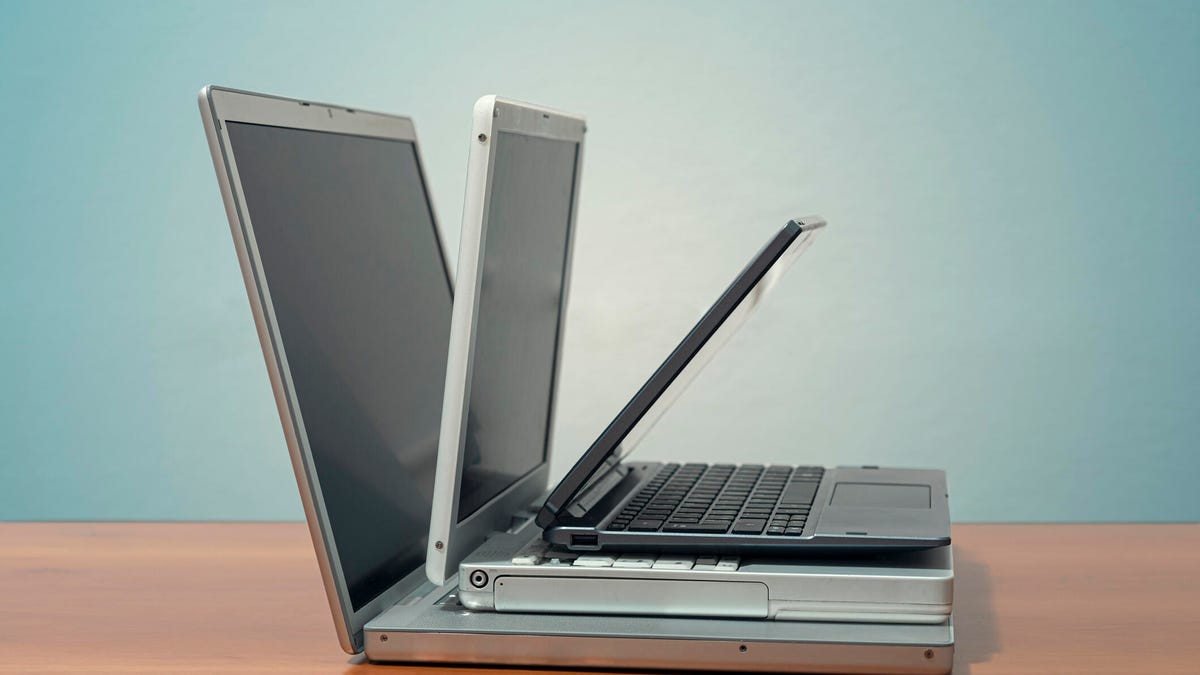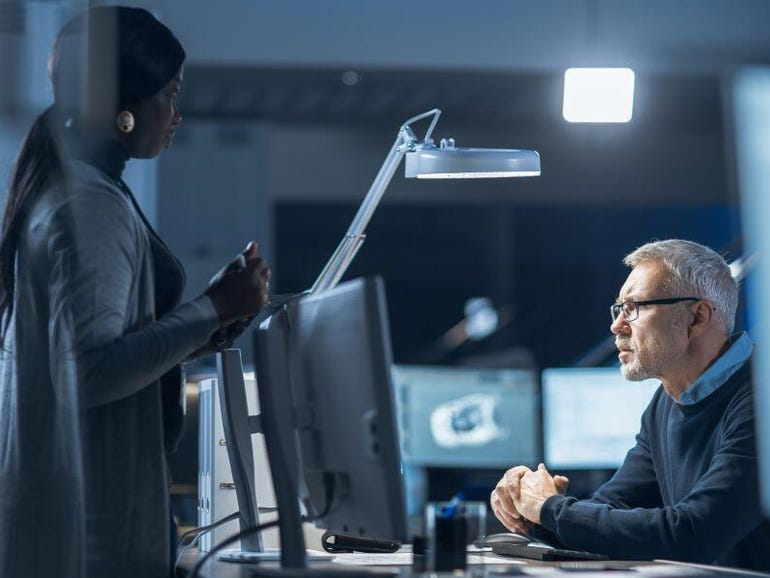How I revived three ancient computers with ChromeOS Flex
Linux is a great operating system. I’ve expounded its virtues for over 20 years. I was the founding Sr. Technology Editor of the now defunct Linux Magazine in 1999. I was a principal consultant for open source data center technology at Unisys and IBM.
Today I work for the Linux Foundation as its Editorial Director of Research. So yes, I get Linux.
I have used Linux desktops like RedHat Workstation, CentOS, Ubuntu, Mint, Debian, and every GUI for the platform you can imagine, like GNOME, KDE, XFCE, and probably a dozen other weird forks of all of them.
In my estimation, none of these has ever been exceptionally well-designed systems for regular end users. They are fantastic for developers and technology professionals, but if you are a typical office worker, a student, or just someone at home who wants to get on their sites and do their stuff, Linux desktops are… well, they aren’t good.
Do you know what I use as a journalist who writes about tech at work? I use a Mac. I have been since 2018.
Open Source pundits have been proclaiming the year of the Linux Desktop for a long time, but it never arrived. While Linux has conquered the cloud, high-performance computing, the IoT, and the smartphone industry, Linux desktops have never caught on. Why is that?
Motivation and technical skills needed to transition to Linux? Have to learn something new? If the old OS worked fine, why switch? And if you need a tech guru to help you install the darned thing, why go through all that trouble?
I think the calculus may have changed, but not with the Linux distros we’re all familiar with. The Linux that will transform the industry is ChromeOS.
ChromeOS just works
Let’s face it, ChromeOS is super easy to use, people already know how to use that web browser, and the laptops that ship with it are inexpensive, in the $200-$400 range. For your typical end-user, it does the job — for people who don’t need Microsoft 365 and Windows or a Mac, are okay with Google Workspace, and primarily use web-based apps. That’s probably 90% of the user population, right there.
Also: 5 reasons Chromebooks are the perfect laptop (for most users)
They don’t want to worry about patches or being a systems admin; they just want their darned websites to work. They want them to be responsive; they want to be able to watch their videos, do their video calls, access their documents and data, and social networks.
And ChromeOS is secure. Very secure — it isn’t vulnerable to many exploits plaguing legacy Windows and Mac systems.
But there is one huge reason why I think ChromeOS will be big: many old PCs are sitting out in the wild that cannot go to current versions of Windows 10, Windows 11, or even current MacOS. And there is fundamentally nothing wrong with these PCs, but they are just too old to be supported by their original manufacturers.
So they are not only security risks. In many cases, the older software running on these isn’t fully conforming with modern security standards and runs out-of-date browsers and other crusty stuff.
But you know what? Many of these boxes are also just sitting on shelves collecting dust where they could live productive lives again.
You can now revive those old machines with Google’s new ChromeOS Flex software. In fact, that’s how I just spent my last weekend.
Putting old PCs and Macs back to work
I was intrigued with the idea that I could take a bunch of computers I had just sitting in my closet and have them do something useful again. First, I burned the ChromeOS Recovery Media using a USB flash drive (an 8GB one will do fine). That took about 10 minutes.
My first candidate was an eleven-year-old 15.6″ Dell Inspiron 15R-5521 laptop (that shipped originally with Windows 8) with an Intel i7 and 16GB RAM. It was my wife’s old machine, which was always a clunky and buggy system on Windows; we hated it.
I popped in the USB, interrupted the EFI boot process, chose the ChromeOS Flex drive as its boot source, and the old, and crusty thing booted right into its installer wizard. After confirming to wipe the system and install ChromeOS, within about 10 minutes, the device rebooted and came up with the new OS.
I had access to my Wi-Fi networks and Bluetooth devices, the sound and webcam worked, and I had all my sites working. Even Zoom. And it runs crazy fast.
Frankly, there is no way this thing should work as well as it does on this old piece of crap. But it does.
Okay, maybe this Dell was a little too beefy; I know some open source developers that still use things this crusty for certain stuff, there’s no reason Linux shouldn’t work. How about… my mother-in-law’s 2011 iMac? That software couldn’t possibly run on this thing, it’s way too old, and old Macs are weird.
It only has 4GB RAM and an i5-2500S processor. It was considered outdated in 2013. Still a 64-bit chip (one of the few prerequisites that ChromeOS Flex has) but ancient by current standards. It certainly can’t run a current MacOS, the RAM is anemic.
I shoved the USB Recovery Media into the back of the Mac, booted up with the Option key held down, selected the EFI boot media, and… it came to life.
As with the old Dell, it formatted the hard drive, and before I knew it, I was cooking with Chrome gas and logged into my personal and work Google accounts. The Wi-Fi is working fine; my Bluetooth peripherals are connected (even the Apple ones, like the Magic Mouse and Magic Keyboard), and also the Google Assistant responds to voice commands.
There’s 4GB of RAM on this old piece of junk. It works fine. It’s crazy. My mother-in-law is going to love it.
I had another computer, a 2011 Mac Mini with an Intel i5 and 8GB of RAM. The same deal; it’s too crusty for current MacOS versions — I popped the USB in, booted up with the Option key, formatted the disk, and presto, I now have a fully functional Chrome computer hooked up to my TV. With an Apple wireless mouse and keyboard connected via Bluetooth.
Got some kids that need a spare computer? Don’t buy them a new one; grab the old laptop off the shelf and Chrome it. Got an elderly family member that needs something simple, and their old PC is giving them fits, and you’re the poor soul that has to support them every time they click on some junk that dumps malware or some clickjacking extension on their box? Chrome it.
Are you a school system that needs safe computers in a student lab? Need a kiosk computer for your business that doesn’t store local data? Chrome the old ones or get someone to donate you some candidates.
Chrome your old piece of junk. Chrome everything, Chrome it all.





Pingback: 비트코인캐시